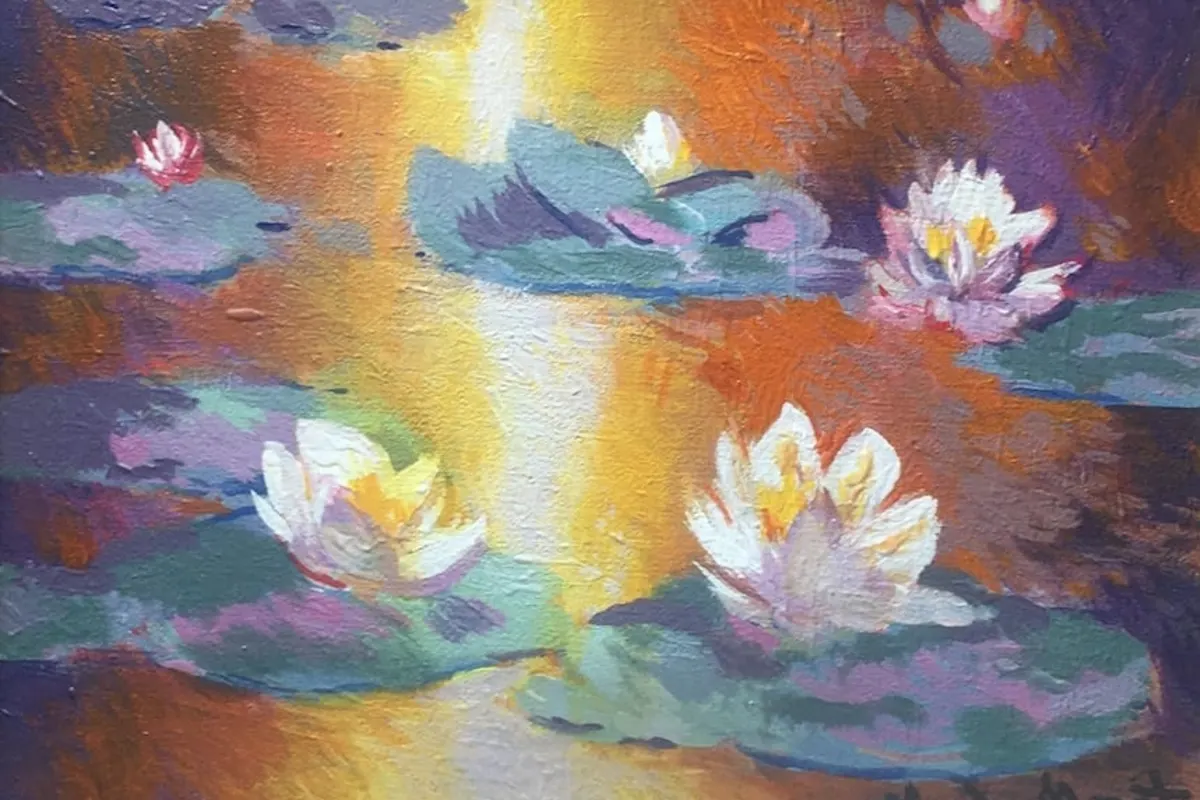Art forgery is a captivating yet alarming facet of the art world. Despite stringent authentication measures and expert scrutiny, cleverly crafted forgeries have managed to deceive even the most knowledgeable collectors and institutions. Here, we delve into the intriguing stories behind the top five forgeries that astoundingly fooled the art world’s experts.
- The Van Meegeren Vermeers: Perhaps one of the most notorious cases in art history, Han van Meegeren successfully replicated Johannes Vermeer’s style to create fake masterpieces. His acclaimed forgery, “The Supper at Emmaus,” sold as an authentic Vermeer, astonishing both collectors and art connoisseurs.
- The Etruscan Terracotta Warriors: In the 1960s, Italian artisan Pio Ricci replicated ancient Etruscan terracotta sculptures so impeccably that they were deemed authentic. These forgeries managed to infiltrate prestigious museums and private collections before their true origins were discovered.
- The False Flemish Landscapes: A series of 17th-century Flemish landscape paintings attributed to various renowned artists turned out to be the work of master forger Wolfgang Beltracchi. His skillful imitation of old materials and techniques baffled experts for years before his exposure.
- The Fake Rothkos: Forgeries of Mark Rothko’s iconic abstract expressionist works surfaced in the art market, so compelling that they were accepted as genuine pieces. These convincing reproductions misled both experts and auction houses, casting doubt on the authenticity of numerous artworks.
- The Supposed Pre-Columbian Artifacts: A collection of Pre-Columbian ceramic figures and artifacts surfaced in the 20th century, purportedly from ancient civilizations. Unbeknownst to many, these intricate pieces were skillfully crafted forgeries, raising questions about the authenticity of similar artifacts in collections worldwide.
The art world’s battle against forgeries is an ongoing challenge. These cases underscore the sophistication of forgers and the critical need for stringent authentication protocols. Advanced scientific methods, including radiocarbon dating, pigment analysis, and digital imaging, are now integral in distinguishing authentic artworks from elaborate fakes.

